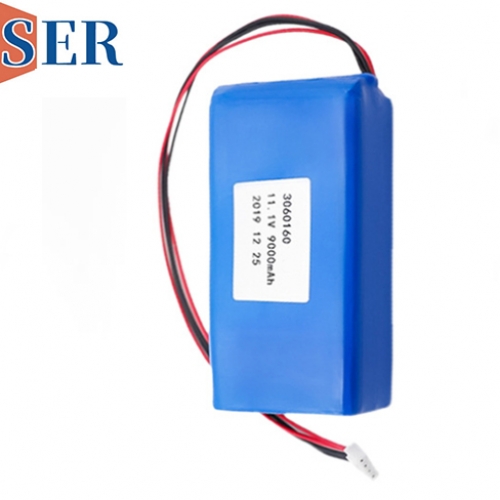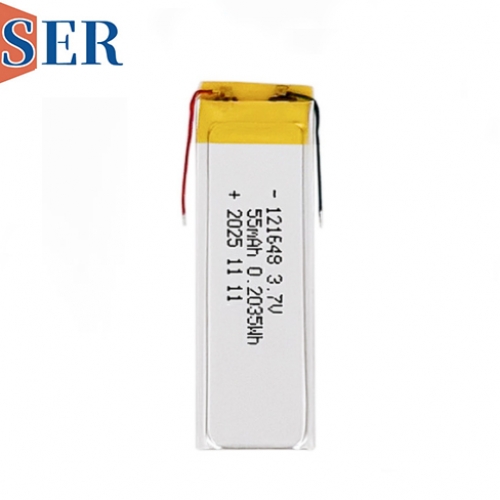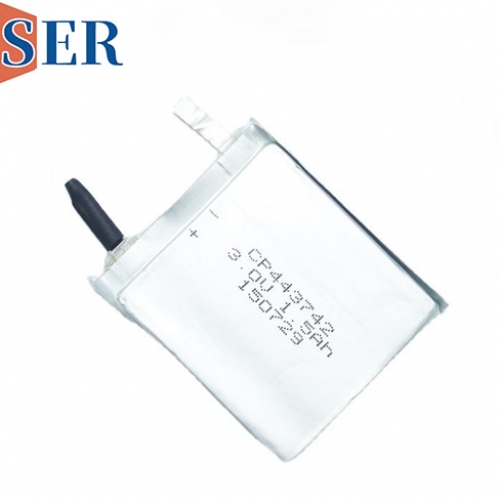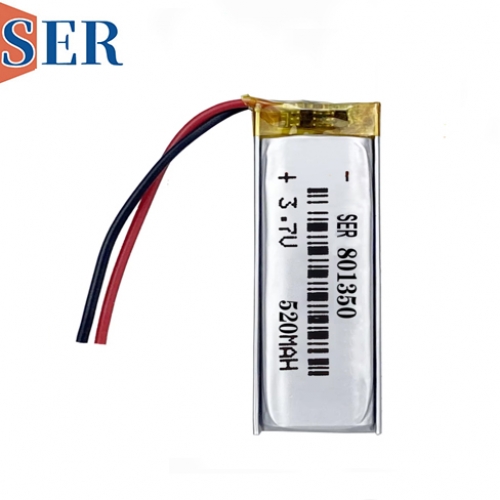Ultra-Thin Low-Temperature Battery Lipo battery 01345
Ultra-Thin Low-Temperature Battery Lipo battery 013450 : Revolutionizing Power Solutions for Extreme Environments
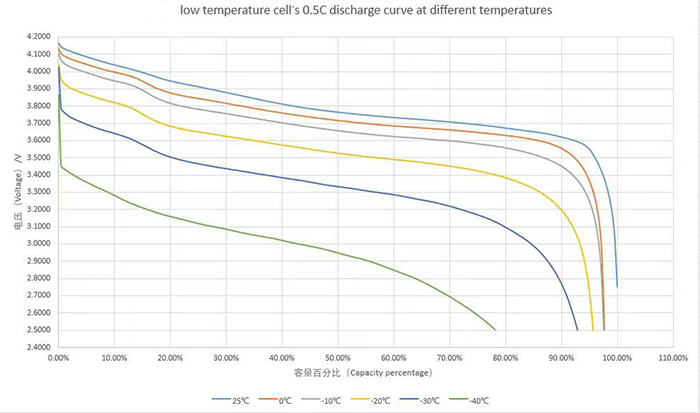
Abstract
The development of ultra-thin, low-temperature batteries represents a significant leap in energy storage technology, addressing critical challenges in cold-weather applications. This article explores the innovation behind the Ultra Thin Low Temperature Battery 013450, a 3.7V rechargeable lithium polymer (Lipo) battery with a thickness of just 1mm. Designed for extreme environments, this battery offers high energy density, rapid charging, and enhanced safety features, making it ideal for wearables, IoT devices, and medical equipment. We delve into its technical specifications, advantages over conventional batteries, and its potential to transform industries reliant on reliable power in harsh conditions.
Keywords: Low Temperature Battery, Ultrathin Battery, Ultrathin Lipo Battery, Ultrathin Low Temperature Battery, 3.7V Low Temperature Battery
1. Introduction
The demand for compact, reliable, and high-performance batteries has surged with the proliferation of portable electronics and IoT devices. Traditional batteries often falter in extreme temperatures, particularly in cold environments, where reduced ionic conductivity and increased internal resistance lead to rapid capacity loss. The Ultra Thin Low Temperature Battery 013450 addresses these limitations by combining ultrathin design with advanced low-temperature performance, offering a solution for applications ranging from Arctic exploration to medical implants.
2. Technical Specifications
The 013450 battery is a 3.7V lithium polymer battery with a thickness of 1mm, a width of 34mm, and a length of 50mm. Key specifications include:
Capacity: 50-100mAh (customizable based on application needs).
Operating Temperature Range: -40°C to +60°C, with optimal performance at -20°C.
Discharge Rate: Up to 2C, enabling rapid power delivery.
Cycle Life: 500+ cycles at 80% capacity retention.
Safety Features: Built-in protection circuit against overcharge, over-discharge, and short circuits.
3. Advantages Over Conventional Batteries
3.1. Ultrathin Design
At just 1mm thick, the 013450 battery is among the thinnest on the market, allowing seamless integration into ultra-compact devices. This design reduces weight and space constraints, enabling innovative form factors in wearables and IoT sensors.
3.2. Enhanced Low-Temperature Performance
Unlike traditional lithium-ion batteries, which lose up to 50% of their capacity at -20°C, the 013450 retains over 80% of its capacity in the same conditions. This is achieved through:
Advanced Electrolyte Formula: A proprietary blend with low-viscosity solvents and high-ionic-conductivity salts.
Nanoscale Electrode Design: Optimized particle size and distribution to minimize resistance at low temperatures.
Thermal Management: Enhanced insulation and heat retention materials to maintain operational efficiency.
3.3. High Energy Density
With a volumetric energy density exceeding 600Wh/L, the 013450 battery delivers more power per unit volume than competing technologies, making it ideal for space-constrained applications.
3.4. Rapid Charging
Supporting fast-charging protocols up to 2C, the battery can be recharged in minutes, reducing downtime in critical applications.
3.5. Safety and Reliability
The built-in protection circuit and robust construction ensure safety in harsh environments, mitigating risks of thermal runaway or leakage.
4. Applications in Extreme Environments
4.1. Wearable Technology
In cold-weather sports and outdoor activities, devices like smartwatches and fitness trackers require batteries that can withstand freezing temperatures. The 013450 battery’s ultrathin profile and low-temperature resilience make it ideal for these applications, ensuring uninterrupted functionality.
4.2. IoT Sensors
Remote monitoring systems in polar regions or high-altitude environments demand batteries that operate reliably in extreme cold. The 013450 battery’s long-lasting performance and compact size enable deployment in weather stations, wildlife tracking devices, and agricultural sensors.
4.3. Medical Devices
Implantable medical devices, such as cardiac monitors and drug delivery systems, require batteries that maintain performance in the body’s internal environment. The 013450 battery’s biocompatible materials and low-temperature stability make it a promising candidate for these applications.
4.4. Military and Aerospace
Drones, satellites, and military equipment operating in cold climates benefit from the battery’s high energy density and rapid charging capabilities, ensuring mission success in harsh conditions.
5. Environmental and Economic Impact
The 013450 battery’s design prioritizes sustainability, with a reduced carbon footprint compared to conventional batteries. Its long cycle life and efficient performance minimize waste, aligning with global efforts to promote circular economy principles. Economically, the battery’s cost-effectiveness stems from its high energy density and reduced material usage, making it an attractive option for manufacturers.
6. Challenges and Future Directions
While the 013450 battery represents a significant advancement, challenges remain in scaling production and ensuring consistent quality across large volumes. Future research may focus on:
Improving Cycle Life: Extending the battery’s lifespan beyond 500 cycles through advanced electrode materials.
Enhancing Safety: Developing self-healing electrolytes and flame-retardant separators to further reduce risks.
Expanding Temperature Range: Exploring materials that enable operation at temperatures as low as -60°C.
7. Conclusion
The Ultra Thin Low Temperature Battery 013450 exemplifies the fusion of innovation and practicality in battery technology. By addressing the limitations of conventional batteries in extreme environments, it opens new possibilities for wearables, IoT, medical devices, and more. As industries increasingly rely on reliable power in harsh conditions, the 013450 battery stands as a testament to the potential of ultrathin, low-temperature energy solutions.


